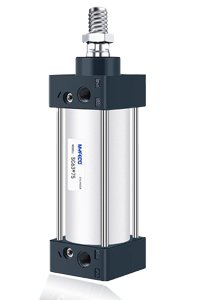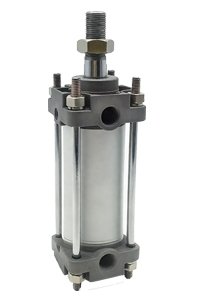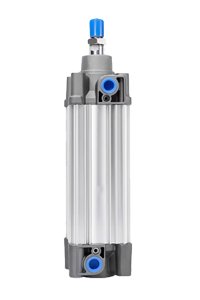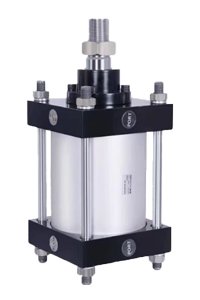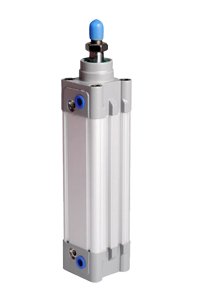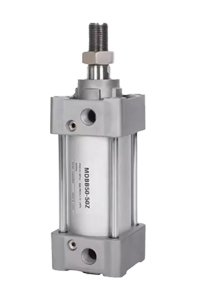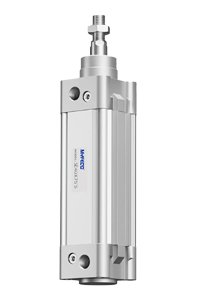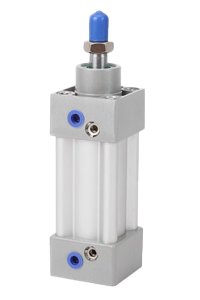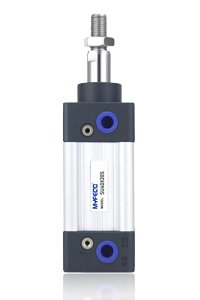Standard Pneumatic Cylinder
Features
Simple structure
It consists of basic components such as cylinder, piston, piston rod, seal, end cover, etc., and is easy to manufacture and maintain.
Stable output force
The Standard Pneumatic Cylinder can provide stable thrust and pull force. By adjusting the air pressure and piston area, the output force can be precisely controlled.
Multiple travel specifications
The stroke length can be selected according to needs. By replacing piston rods of different lengths or adjusting the length of the cylinder, the stroke can be flexibly adjusted.
Wide range of applications
Suitable for automation equipment and mechanical systems, with multiple installation methods and adaptable to various environmental conditions, its compact design enables it to perform excellent performance in various application scenarios.
Your Chinese pneumatic product supplier introduces standard cylinders to you: structure, category, installation, selection, and handling of common problems. If you want to quickly obtain relevant information, you can contact our technicians now to answer your questions.

